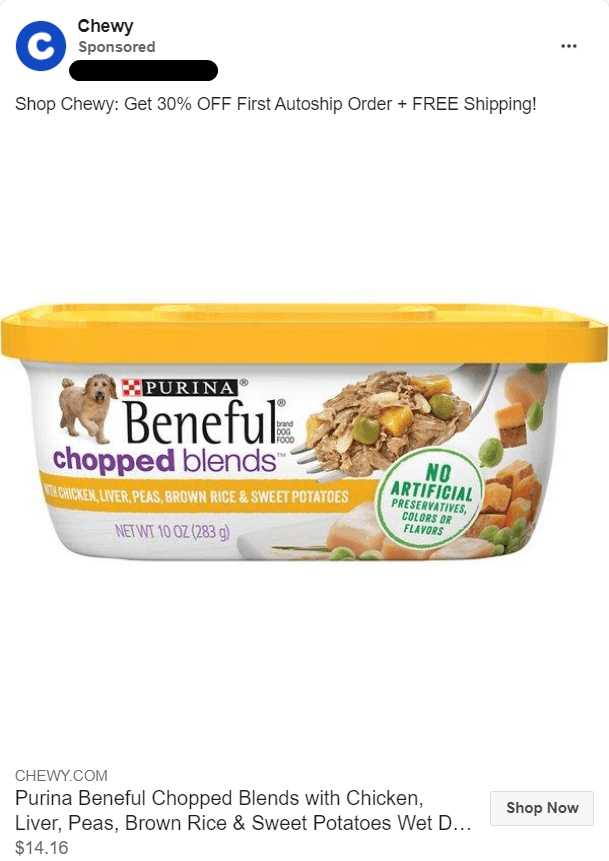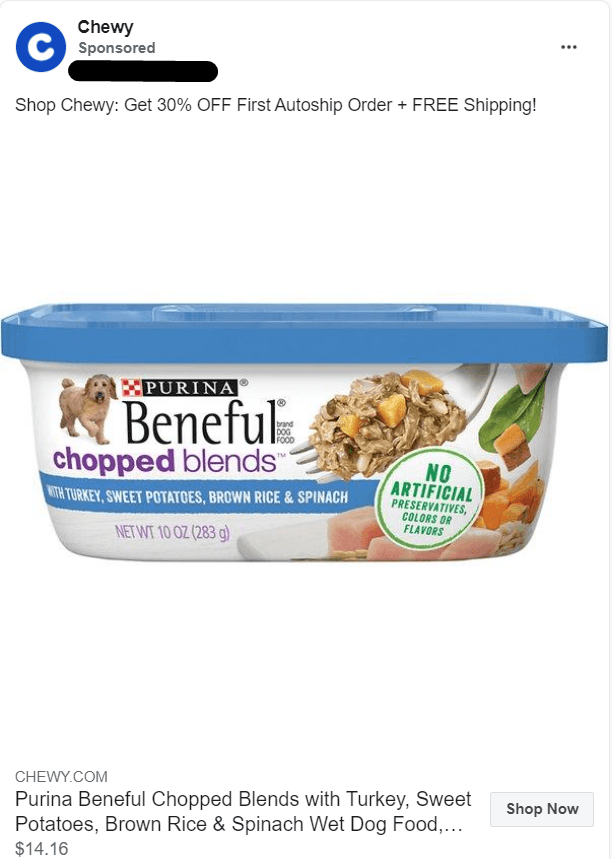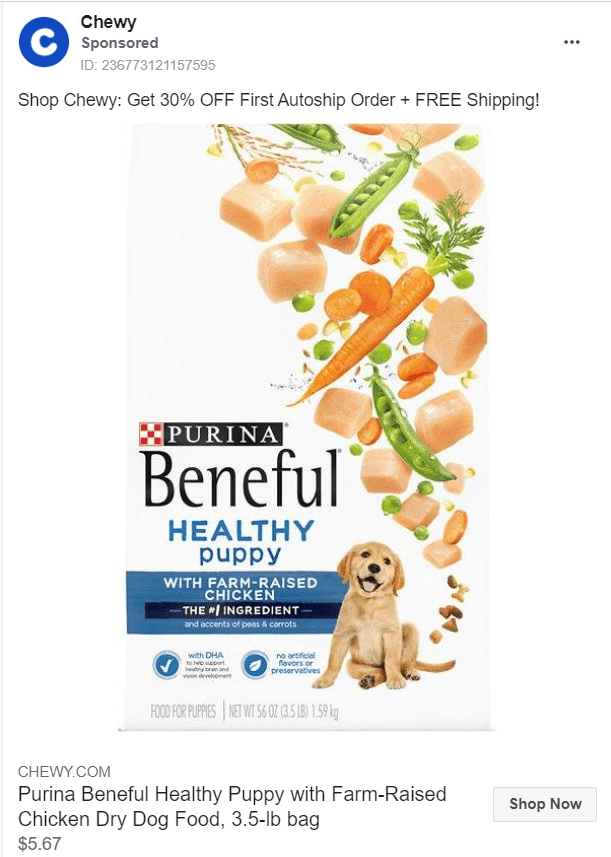5 Key Facebook Ad Metrics to Monitor for Success
Sadie launched her Facebook advertising campaign over six months ago. After running it for six months, she still hasn’t attracted any new customers. Why aren’t her campaigns working?
Well, without consistent monitoring of her campaigns’ performance, Sadie won’t know if they’re working. Sadie needs to track Facebook ad metrics that indicate her ads’ performance to optimize and improve her ads.
If you want to avoid the mistakes Sadie made, you need to learn which Facebook ads metrics to monitor to ensure you’re putting your campaigns on the path to success.
The five key metrics you’ll want to monitor include:
- Frequency
- Cost per click (CPC)
- Click-through rate (CTR)
- Conversion rate
- Return on ad spend (ROAS)
Keep reading to learn more about these metrics!
Sign up today!

For even more digital marketing advice, sign up for the email that more than 150,000 other marketers trust: Revenue Weekly.
1. Frequency
The first metric we’ll focus on is frequency. Frequency is how often the average user sees your ads.
This metric is critical to monitor because it tells you if you’re showing the same ad set to the same person and they aren’t interacting with it. If someone sees your ad frequently but doesn’t engage with it, it could indicate your ads bore or annoy them.
So, for example, if you see that the average user sees your ads five times and doesn’t engage with them, it’s a sign that you may need to change things up and do something different.
What to do when this Facebook ad metric isn’t up to par
If your frequency is high, but your engagement is low, it’s time to change up your ad content. You’ll want to cycle out the old content and take a new angle with your ads.
Take Chewy for an example. They ran an ad that featured their Beneful wet food products in a yellow container.

They also created an alternative version of the ad that featured the same wet food but a different flavor.

If they showed the ad with the yellow food container to interested leads, but people weren’t engaging, Chewy could easily swap out that ad for the blue version to create fresh ad content. It would still be focused on the same subject but presents a new visual to reengage users.
Additionally, if Chewy found that advertising the wet food wasn’t working, they could swap it out for an ad on Beneful dry dog food to see if it creates more engagement.

So, if you want to have a high frequency paired with high engagement, try refreshing your ad content to get your audience engaged with your ads again!
2. CPC
When you’re figuring out which Facebook ad analytics to monitor, make sure you add cost per click or CPC to the list. CPC focuses on the amount you pay when someone clicks on your ad.
You want to have a low CPC so you can get more with your budget. If you have a CPC of $0.50, you’re going to get a lot more clicks and chances at a conversion than if your CPC is $1.50. So, it’s critical to monitor this metric to ensure you’re maximizing the money you invest in your campaign.
What to do when this Facebook ad metric isn’t up to par
If you have a high CPC, you’ll want to revisit your target audience and ad copy.
Generally, having a higher CPC means not many people are clicking on your ads. Typically, a lower CPC coordinates with a relevant and high-quality ad. So, when you have a relevant and high-quality ad, you can usually bid less and pay a lower CPC to get your ads in front of users.
First, analyze your target audience when you have a high CPC. Are you targeting the right people with your ads?
Verify that you’re targeting people who want your products or services. You can look at your current customer base and form buyer personas to help you target the right people.
If your targeting checks out, you’ll want to look at your ad copy. Is your ad copy relevant to your target audience? You’ll want to evaluate your ad copy to see if you’re delivering an ad experience that’s relevant to your audience.
Analyze aspects like:
- Ad text
- Visuals
- Call to action (CTA) choice
You can modify any of these aspects of your Facebook ad to deliver a more relevant experience for your audience.
3. CTR
Next on our list of metrics for Facebook ads is click-through rate or CTR. You calculate CTR based on the percentage of people who click on your ad compared to the total number of people who saw your ad. This metric tells you if your ad creative is compelling enough to earn a click-through to your landing page, whether it’s your website or Facebook page.
You’ll want to keep track of this metric to see if people are taking an interest in your ad.
What to do when this Facebook ad metric isn’t up to par
If your CTR is low, you’ll want to reevaluate your ad copy. You may be putting out ad copy that’s lackluster or not relevant to your audience’s interests.
A low CTR means that people see your ads, but you aren’t catching their attention enough to get them to click on your ads and visit your site. As a result, you may need to optimize your ads to improve their performance.
For example, your visual might do a great job of drawing people to your ad, but your ad text falls short in getting them interested in your product or service. You may need to revamp your ad content to get people more excited about what you have to offer.
4. Conversion rate
When you’re looking at Facebook ad metrics, be sure to check your conversion rate. Your conversion rate measures how many people convert after clicking on your ad and visiting your landing page or website.
Conversion can be numerous things, including:
- Filling out a form
- Signing up for an email list
- Visiting your website
- Buying a product or service
- Liking your Facebook page
You’ll want to calculate this metric and track your performance to see if your ads help you drive the conversions you desire.
What to do when this Facebook ad metric isn’t up to par
If your conversion rate is low, you’ll want to review your landing page.
When people click on your ad, you know they’re interested in what you’re offering. But if they get to your landing page and don’t convert, you may need to make some changes on your landing page to improve conversion rates.
To deliver an optimal experience on your landing page, ask questions like:
- Does your landing page emulate your brand’s style and tone?
- Does your landing page utilize white space, and is it organized?
- Do you use relevant visuals on your landing page?
- Does your landing page copy match your ad copy?
- Does your landing page highlight important information about your product or service?
- Do you have a pronounced and clear CTA button?
If you answer no to any of these questions, those are areas you’ll want to consider revamping to produce a better landing page experience and increase your conversion rate.
5. ROAS
The last item you’ll want to monitor for Facebook ad analytics is return on ad spend or ROAS. This metric analyzes the financial return you get from your advertising strategy. It examines how much money you make on your ads and how much it costs you to manage your ad strategy.
Calculating ROAS is essential because it analyzes how much you’re spending versus how much you’re making. You don’t want to overspend on advertising and get a low return, as it will eat into your profits and cause you to lose money.
What to do when this Facebook ad metric isn’t up to par
If your ROAS is lower than you expected, you’ll want to amp up your ad campaigns with personalization. Your ads may not be grabbing your audience’s attention because they are too generic. Instead, craft ads that are more relatable to subgroups of your audience to get them more engaged with your ad content.
Let’s say you run an organic company that sells everything from cleaners to shampoos to eco-friendly napkins. You have a segment of your audience that loves your organic cleaners. So, which ad do you think is more likely to interest them?
An ad that focuses on all the organic products you have to offer (Ad A)
or
An ad that focuses specifically on your organic cleaners (Ad B)
If you answered Ad B, you’re correct! This ad is more tailored to that audience’s interests, making them more likely to engage with your ad content.
So, if you’re looking to improve your ROAS, focus on delivering ad content your audience wants, so they’re more likely to take an interest, engage with it, and ultimately, convert.
Start monitoring your Facebook ad metrics today
Facebook ad metrics are critical to helping you understand how your campaigns perform so you can improve them. If you feel overwhelmed with all the data, don’t worry, WebFX can help. We have a team of over 250 marketing experts that can help you with your Facebook ad campaigns.
From crafting compelling ad content to tracking campaign results, we can do it all. As a Facebook Marketing Partner, you can feel confident you’re working with a team of experts that knows how to craft compelling ads on Facebook.
Ready to produce more effective Facebook advertising campaigns? Contact us online or call us today at 888-601-5359 to speak with a strategist about our Facebook advertising services!